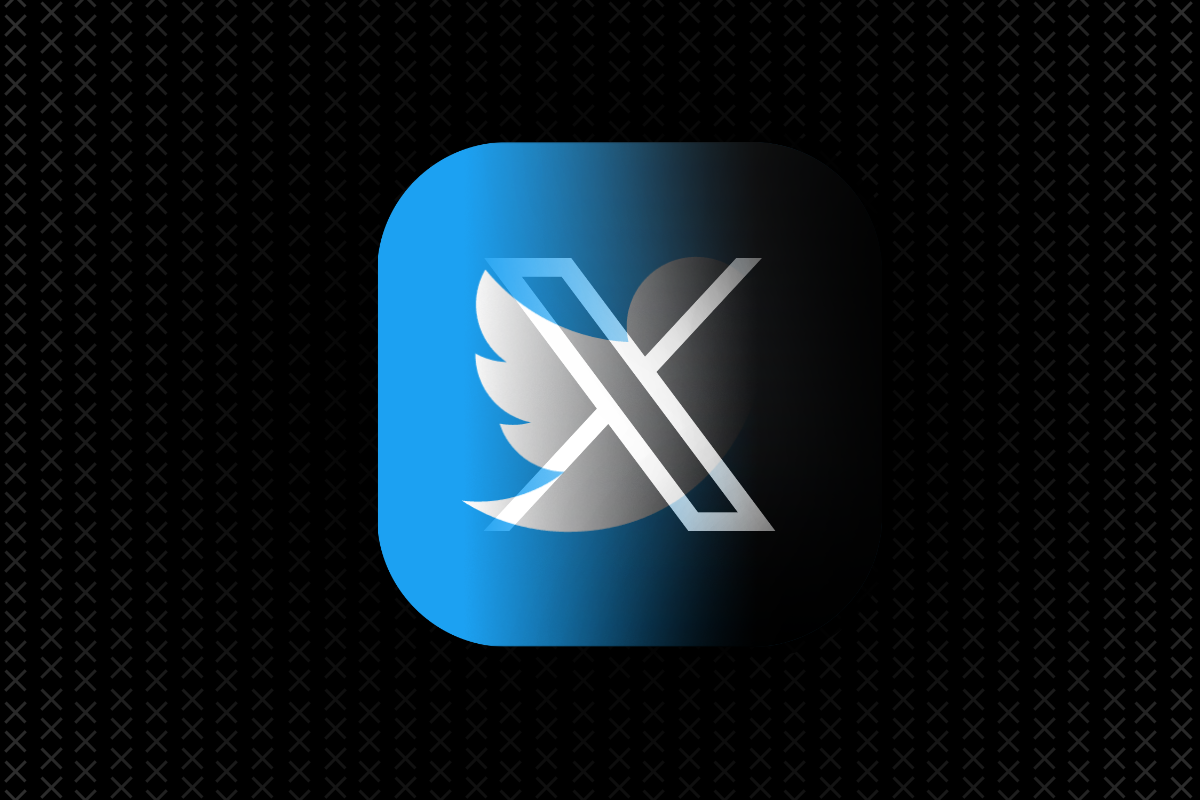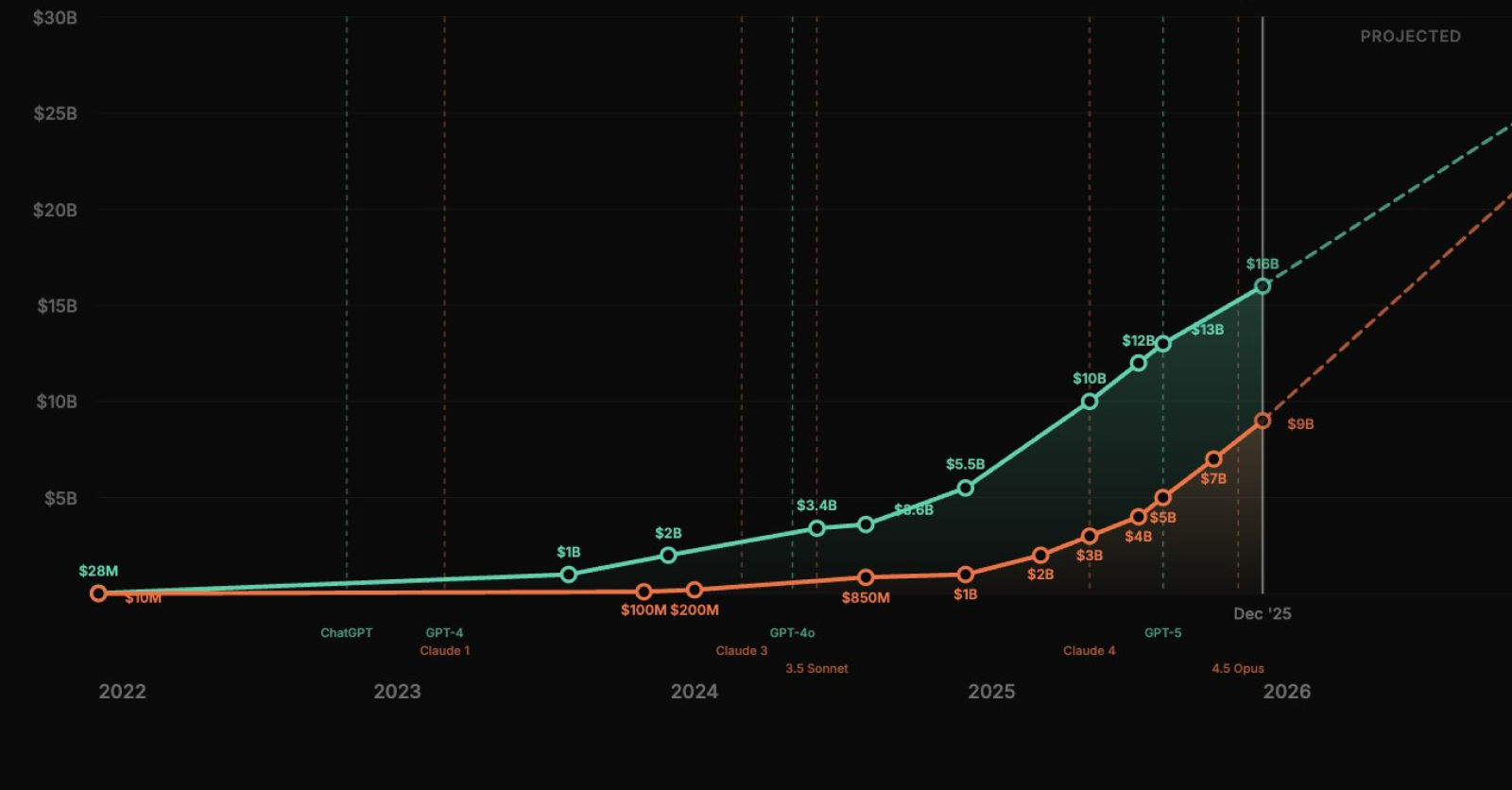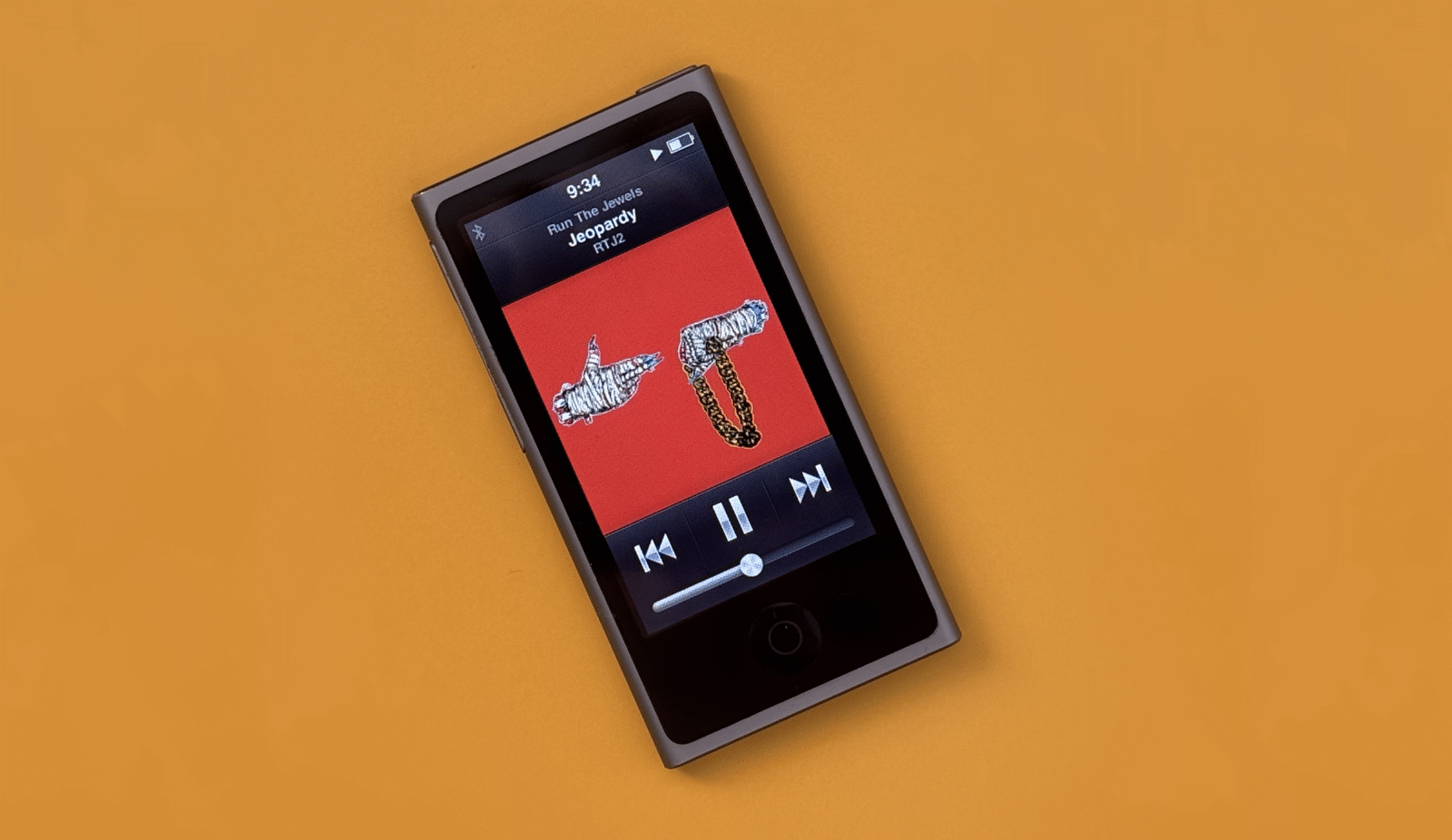How Twitter Changed Since Elon's Takeover
Twitter released old products and built some new ones yet became much more toxic and lost a lot of its appeal to me.

We’ve all seen these posts about how Twitter fired 80% of its employees, and then nothing happened. Seems it ultimately did affect their revenue:
Internal documents obtained by The New York Times show that, in the second quarter of this year, X earned $114 million in revenue in the United States, a 25 percent decline from the first quarter and a 53 percent decline from the previous year. The company aims to reach $190 million in U.S. revenue during the third quarter, bolstered by advertising associated with the Olympics, football and political campaigns, the documents said — but that target would still set the company’s quarterly earnings at 25 percent less than they were last year.
These people might argue that these two items aren’t correlated but I doubt it. Twitter didn’t have a great advertising engine, so most of its revenue came from generic brand advertising, and companies have brand safety teams for a reason. Elon, a “libertarian capitalist”, still seems to have a problem with the free market when it’s against him.
I think you can believe that Twitter was grossly over-staffed, badly managed and dysfunctional before Elon bought it and ALSO believe that he fired far too many people in the wrong way without fixing anything much. Benedict Evans
I really loved Twitter. I think it changed a lot, mostly for the worse. But because Elon has the worst fans and the worst critics, it’s extremely difficult to find non-polarized opinions on this. Being an eternal centric, I wanted to gather all the details. So stay with me if you’re interested.
The Good
Let’s start with good changes. Twitter was an anemic company. It always seemed like they were terrified to change anything in their product. Probably, because they didn’t understand why it worked and were too terrified to break it (well). And even when they came up with something new, like the predecessor of Twitter Articles, they’d make it available to ten people they knew in San Francisco for two years.
Elon came in and made them ship all those things to the point where the audience largely attributes Community Notes to him. And this is almost reasonable. Community Notes is a fascinating tech product for the social media era. The main problem with fake content is that it spreads much more easily than any rebuttal. Community Notes effectively chase down and clarify the original posts and even notify the users who interacted with them earlier.
There were all these stupid ideas about marking and signing AI content. It’s not like people want to verify if something they’re seeing is true. It’s confirmation bias: they seek something that confirms their pre-existing beliefs. You don’t need AI to create an engaging fake, like that photo of Kamala Harris with Epstein. And the problem with forcing OpenAI or Midjourney to stamp their content is that the next day there will be a Github repo for removing that signature. In addition to a dozen open-source alternative image generators, you can download from anywhere.
Community Notes solve this problem and allow citizens to keep corporations and politicians in check. You can’t just post obvious falsehoods on large accounts anymore (well, it’s still as complicated as everything in this world).
Under Elon, Twitter rolled out a reasonable paid subscription (although I think three tiers are too complicated). They released a bunch of things they built before and even some completely new ones, like X Hiring. Even little things, like finally putting your pinned lists at the top of the feed on the desktop.
After losing most of its advertisers, Twitter has seemingly revamped its ads team. One representative even reached out to my company. However, most ads I see are still from Twitter natives, like content creators promoting their accounts and newsletters. I’m not sure if there’s a lot of money in this.
Twitter now has a powerful and engaging algorithm that should excel at onboarding new users, something they ultimately struggled with before. Many of my friends tried Twitter but didn’t understand the point of it. Twitter would only work if you follow the right people. Now it’s basically automatic and on par with Meta’s tools.
Their goal was obviously to keep users on the website, and in this context, shutting down Revue and suggesting authors use Twitter Articles instead makes sense. The feed on the mobile app also changed; now, if you open a video, you can just swipe to the next one, bringing it closer to TikTok.
This is also why they prohibited alternative clients. I know many hate them for this, but purely from the business perspective, this change made sense. The old Twitter knew they had to do this but preferred the tactic of boiling the frog. The new Twitter comms on this were far from ideal, but they pulled through.
Finally, monetization created obvious incentives to set up and run accounts that posted various content on Twitter. Some of them good, some of them… well, there’s the next section.
The Bad
Twitter botched down their update to the blue check program. Look, this thing was flawed. Twitter employees would sell you a blue check for a couple of grand if you knew where to ask. At the same time, I met companies that struggled with impersonators but couldn’t get verified. The blue check was supposed to mean you’re who you are, but it became a power status symbol instead. Sometimes, when people abuse your product’s limitations, it’s a sign that you need to change it.
However, the logical solution would have been to keep the existing accounts and then offer all who are willing to get a blue check if they subscribe to Twitter and provide their ID for verification. There are KYC-as-a-service companies that do this for fintech startups, so it’s pretty easy. Don’t want to show your documents? Nobody has to have a blue check.
Instead, we got the current mess. Through several iterations, Twitter still got to the point where they awarded the blue check to notable accounts. But the important change is that it can be a DogTurd69, a famous “thought leader”. At first, blue check became coded pro-Elon and even right-wing. Now they don’t mean anything, except that your replies are boosted to the top.
You probably have seen all these companies with gold checks. Don’t believe they paid $12 000 for a year. Twitter gave these to the most notable companies, probably with the expectation that they would start paying next year. We’ll see how many do (or if Twitter itself changes course). Proving the affiliation of specific people (like writers or media reporters) with a badge sounds like a great idea. However, most marketers I talked to believe it’s just too expensive for the little value it provides now.
In addition to losing third-party clients, Twitter has become more closed overall. You can’t browse it without logging in. Often, you can’t even reliably link to it on other platforms, and there are services like vxtwitter whose entire goal is to provide rich previews. In the process, they closed down the API and killed even some of their own tools, like the Card Validator, provided by all social platforms. Finally, outside links are getting suppressed to a degree you shouldn’t even bother posting them. I’m pretty sure they now even track links in the first reply from the author, at least based on my own tests. They did this before Elon, but now doubled down.
Surprisingly, all of this didn’t help beat the bots, which was one of Elon’s key goals as he was getting into it. Just try tweeting the word “metamask,” and you will see a bunch of blue-check accounts trying to scam anyone reading it. It is becoming increasingly difficult to distinguish these bots from regular users since they look just the same, and LLMs are getting very good.
Old Twitter’s algorithm focused on ranking the people you follow with an occasional mixin. The new algorithm is much closer to TikTok. Even if your account is empty, it will create a pretty engaging feed. The problem is this engagement often comes from the worst aspects of human behavior. I’ve never been keen on the idea that social media thrives on this alone, but this particular algorithm might. The Twitter of today is toxic.
Since firing their entire trust and safety team, Twitter has been far more hands-off in moderation. People flocking to Mastodon would refer to the app as “filled with Nazis”, and at first might have been an exaggeration. But now I constantly see racists, incels, and right in my feed, even though I try to have zero interaction with them or their tweets. They hate minorities and ask if women are sentient. I don’t want to be around these people and don’t think free speech is the panacea in this case. The problem is not they’re not banned, but they’re clearly getting amplified, since I don’t follow them.
Everyone who has moderated a forum knows you must do this very diligently if you have even a small audience. If you don’t set the standard and have new people coming all the time, it’ll fall to the lowest common denominator. Is it possible at the scale of hundreds of millions? Well, Twitter could do this before, and not because it banned all conversations. But it certainly wasn’t promoting fringe ideas to everyone’s feeds. Easy to see why brands might not be happy with it.
The new algorithm is very polarized. It gathers the most engaging feeds and leaves everything else to rot. If you’re not getting into the For You feed, 90% of your followers are unlikely to ever see your content. Elon made it very obvious by putting the view counts up. So, authors are incentivized to go to the extremes.
Let’s get to the original thought. Is Twitter operating smoothly? Certain minor things have been broken for months for me. For instance, if I click on any tweet in my bookmark, the page jumps to the top. There are many places across the product that work like this now.
The Ugly
I spent the last weekend without my phone, avoiding all the feeds. When I opened Twitter afterward, it just felt so unnecessary.
There were several reasons I liked the old Twitter. It was the most open social network where you could actually post links and easily copy text. There was an ecosystem of services and bots built on top of it. And it also was the most real-time network for news junkies like myself.
I don’t think I’ve ever befriended someone in real life after following them on Instagram, but with Twitter, it did happen. I think it’s because you can get acquainted with someone much more easily by reading their thoughts instead of looking at their sunset photos.
Well, Twitter was actually a great platform to share photos as well! People were always stingy on likes, but the engagement was comparable to or better than Instagram. And the resolution and quality were much higher. I’d rather share updates about my trip on Twitter than try to jam it into a short description under a gallery of 10 photos that nobody will scroll through.
As for being real-time, I think it still holds this role, and alternatives haven’t caught up (and some probably don’t even want this).
That text-centric nature has always limited Twitter’s appeal to most people. It was never a truly big platform. However, it also self-selected the users who were interested in this—the people I wanted to follow, read, interact with, and potentially learn from.
Twitter is basically a large forum where you own all of your replies. I was an active user of many thematic forums that just died, and every time, it was almost like I lost a part of my identity. Twitter allowed you to keep this identity between “forums” and discussions. But this aspect is only as important as the network itself.
Now, most people who were on Twitter are still there, but many have left, scattering to Mastodon, Threads, BlueSky, and others. Of these, only Threads seem like a reliable alternative for me. Mastodon by itself still feels like something made by geeks and for geeks, and the lack of any algorithms and recommendations really limits your community. I’m not talking about “growing your followers”, it’s hard to simply find interesting people to follow. But, if Meta makes Threads fully federated, there will be a unified community where you can follow people from celebrities and your friends to geeky developers.
We will see what happens to Twitter, but I doubt it will have a big turnaround.
I guess growing up means watching the things you love die.




